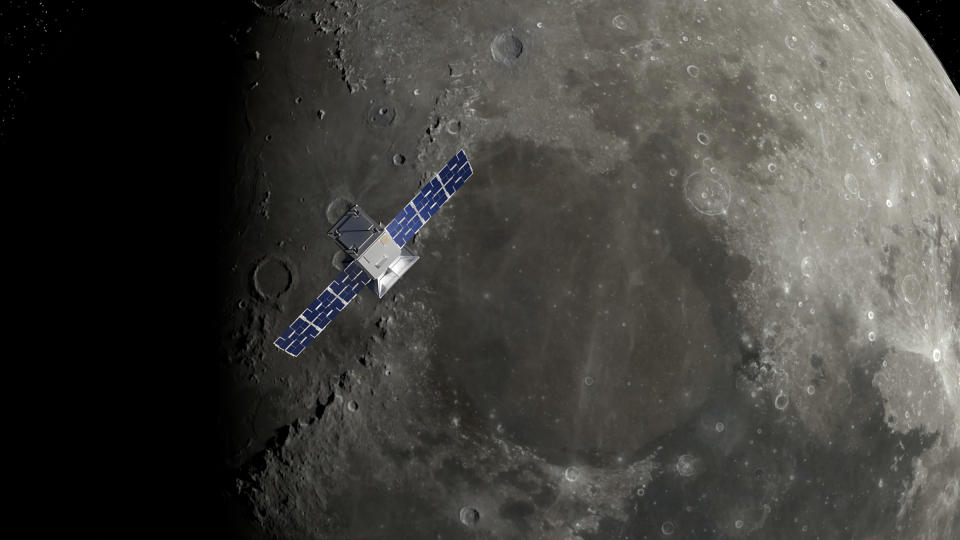Everything you need to know about NASA’s historic CAPSTONE launch

If you purchase an independently reviewed product or service through a link on our website, BGR may receive an affiliate commission.
NASA wants to put a space station in orbit around the Moon. That sounds like a grand plan, but NASA has a strategy in place. One key part of that plan is the Cislunar Autonomous Positioning System Technology Operations and Navigation Experiment, or CAPSTONE. NASA announced the mission in 2019 and now we finally know when to expect a CAPSTONE launch.
Today's Top Deals
What?! Apple AirPods Pro are down to the lowest price of 2022
Have a dog or a cat? Get the legendary Chom Chom Roller pet hair remover for $25
Here’s what you need to know about the CAPSTONE launch
NASA and Rocket Lab are expecting to kick off preparation for a CAPSTONE launch window beginning on May 31. It’s unclear exactly when or what time the Electron rocket carrying the CubeSat will take off, though.
If the name Rocket Lab sounds familiar, that’s because I’ve talked about them here before. Most recently, the company attempted to catch a falling rocket booster with a helicopter. That attempt was a success, according to the CEO. But, this journey to the Moon is definitely going to be one for the company’s history books.
With the CAPSTONE launch, Rocket Lab will be achieving new records for how far its rockets have gone. That’s impressive in and of itself. But, CAPSTONE’s mission is also just as impressive. As I said above, NASA wants to build a space station in orbit around the Moon. CAPSTONE’s job is to run simulations and ensure that Earth and the Moon’s gravity will allow for a stable orbit.
What kind of orbit is CAPSTONE going for?

CAPSTONE’s launch is exciting, and once the CubeSat reaches the Moon, it will enter a Near Rectilinear Halo Orbit (NRHO). Essentially, this will put the small satellite in an elongated orbit around the Moon. It’s an orbit that NASA plans to replicate with a station later down the line.
CAPSTONE will use an Electron rocket to get off the ground and reach Low Earth Orbit (LEO). Once it reaches LEO, the Photon spacecraft bus will take over, and raise it through various orbits. Eventually, it will release a final burn to break free of Earth’s orbit and begin its journey to the Moon.
Wet dress rehearsal completed for the upcoming launch. Next stop…..the Moon! I always wanted to say that. pic.twitter.com/oqgcQN9X7i
— Peter Beck (@Peter_J_Beck) May 16, 2022
The upcoming CAPSTONE launch has been a long time coming. In fact, NASA has been talking about it since 2019. To see it finally coming to fruition has to be exciting for Rocket Lab CEO Peter Beck, who even shared a tweet after the most recent wet rehearsal of the launch.
Ultimately, CAPSTONE is going to give us more information about the viability of a Moon orbit space station. That station could then act as a staging point for future Moon missions, and maybe even allow us to build a colony on the Moon somewhere down the line.

